An Old Traditional Nobleman’s Home in Cheongsong, Korea
Last Updated on April 6, 2024
You can find traditional Korean buildings all over Korea still and if you know what you’re looking for, you can find some really interesting stories and history in them too. Take Songso Gotaek ( 송소고택), or Songso’s Old House, built around 1880 by the nobelman Sim Ho-taek, the 7th generation descendant of Sim Cheo-dae a very wealthy man during the time of King Yeongjo in the Joseon Dynasty, for example.
If you’re looking for something to see in Gyeongsangbuk-do and you’re in Cheongsong, don’t miss this historical house. Korean history is so interesting and cultural traditions too.

Here’s what to know about Songso Gotaek:
(This post contains affiliate links, which means I receive a certain percentage of a sale if you purchase after clicking. Thank you for your support.)
How To Get There
Address: 176 Dakcheon-ri Pacheon-myeon, Cheongsong-gun, Gyeongsangbuk-do (경상북도 청송군 파천면 덕천리 176)
Directions: From Dong Seoul Bus Terminal, take an intercity bus to Cheongsong (청송).
* Bus Schedule: 06:30, 08:40, 10:20, 12:00, 15:10, 16:40
From Cheongsong Bus Terminal, take a taxi to Songso House (송소고택, about 10 minutes)

Where To Stay
Sono Belle Cheongsong
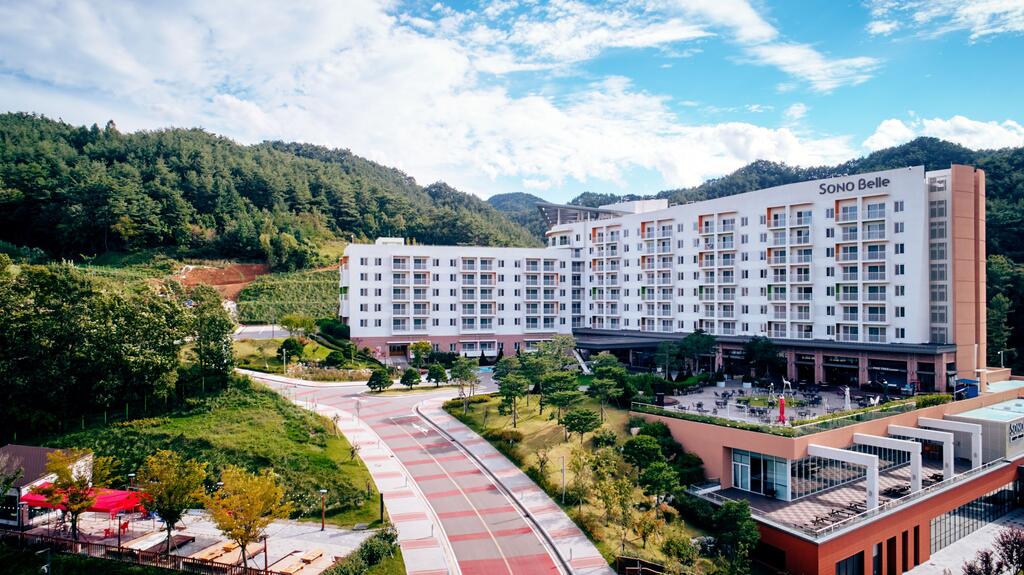
If you’re planning a trip to Cheongsong, definitely consider staying there for at least a night. It’s a bit of a trek but well worth it. Just up the road from Juwangsan National Park, this is the best (also closest) place to stay if you want to spend a day hiking around the national park and then find an easy spot to put your head down for a rest.
Book a room at Sono Belle Cheongsong on Booking.com or on Agoda.com.

The Story of Songso Gotaek
Sim Ho-taek moved back to the home of his ancestors in the Deokcheon neighborhood of Pacheon Village and built a 99 kan house, one of only three still left standing in Korea today. One kan is the distance between the pillars, so 99 kan means that the house had 100 pillars.
Just the fact that it was built in the first place gives proof as to the importance of this family as building a house of this size needed to be approved by the king himself and it was forbidden that anyone except for the king could build a house with more than 99 kan, which means this family was about as high as they could be.

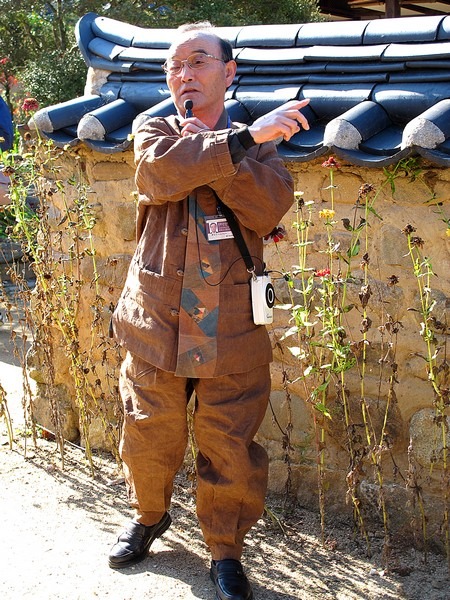

The estate is divided into sections, an area for the men of the family, an area for the women of the family and a wall between them as Confucian ideals wouldn’t allow them to see each other. There were the living quarters as well as the working quarters and the resting quarters.
Our guide went over different aspects of the house and showed us how it could be that the women and men could live together yet separately. There were holes built into the walls that allowed conversation, about when food was ready and what was to be prepared, that were even built in such a way so that it was difficult to see through.
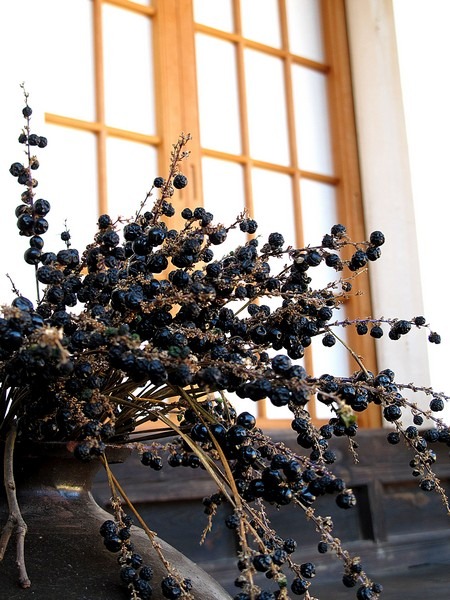


Though of course sometimes the man of the family would want to see his wife and for those times there was a platform around the side of his building that connected to a small door that went through to her area. She wouldn’t have come through to his side, said the guide, but he would go when he felt the feelings of love.
The guide also showed us to another area where the children could be schooled and made it a point to show us that the door could only be locked from the outside, so a daughter that was in the household would be taught there and housed there until she was married off and she wouldn’t have been able to get out unless someone wanted to let her come out and opened the door.

This house gave a different kind of insight into the traditional style housing in Korea. Most guides don’t share these stories of the housing and so that our guide did was interesting, though he shared all of the stories in Korean so maybe it was just that it was my first time hearing them translated.
I also hadn’t seen a house of this size before so the separation was prevalent and obvious whereas in small houses, it just doesn’t seem like Korean families were living this way.




Descendants of the family still live in this house and maintain the property as well as prepare traditional Korean fare for those visitors that stay on the grounds. There are twelve rooms available and though the rooms maintain the traditional style of the building, there are the modern conveniences of showers and bathrooms and running water in the kitchen.

For other great views in the area, head to Juwangsang National Park and don’t miss the famous Jusanji Lake. For a fun activity, paint your own white porcelain that is unique to the area too and do NOT forget to eat up some blue iron-filled chicken that the area is famous for.

Did you like this post? Pin It!
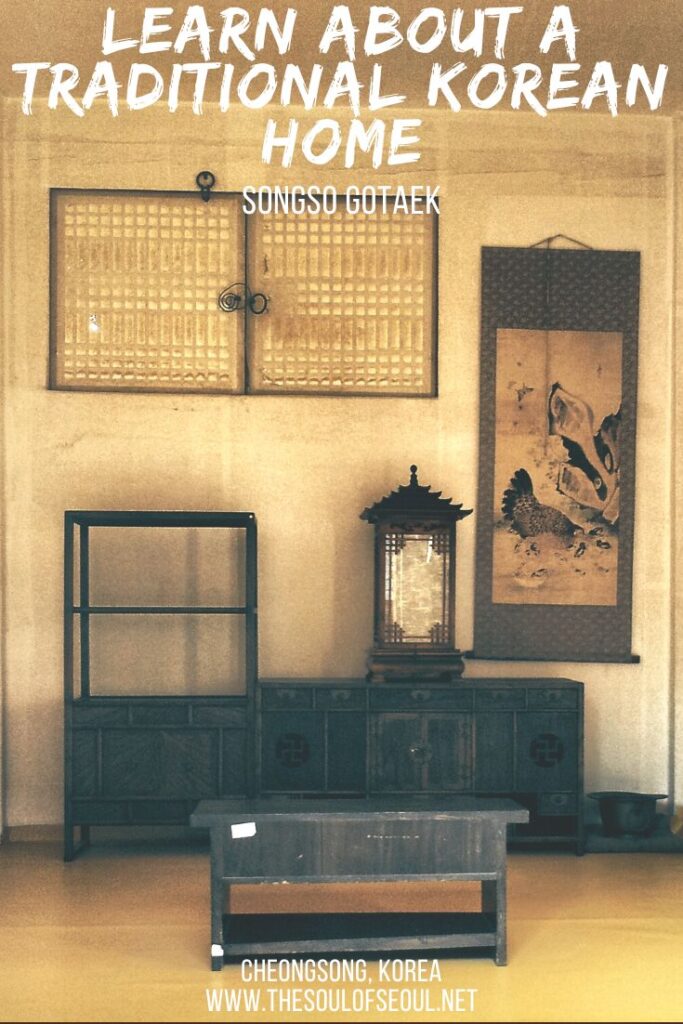
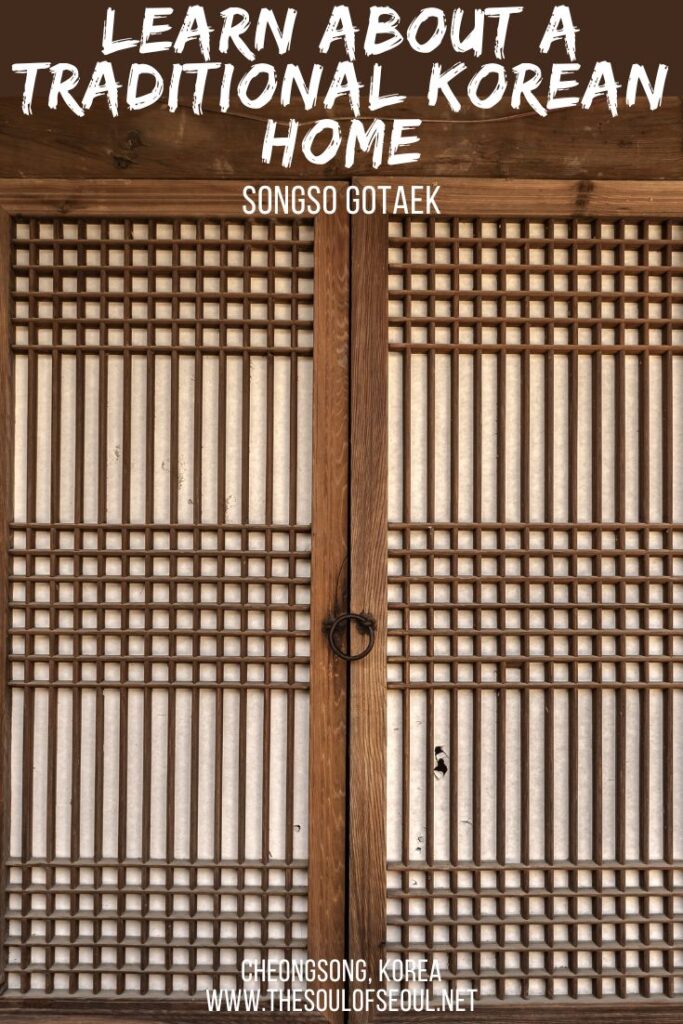
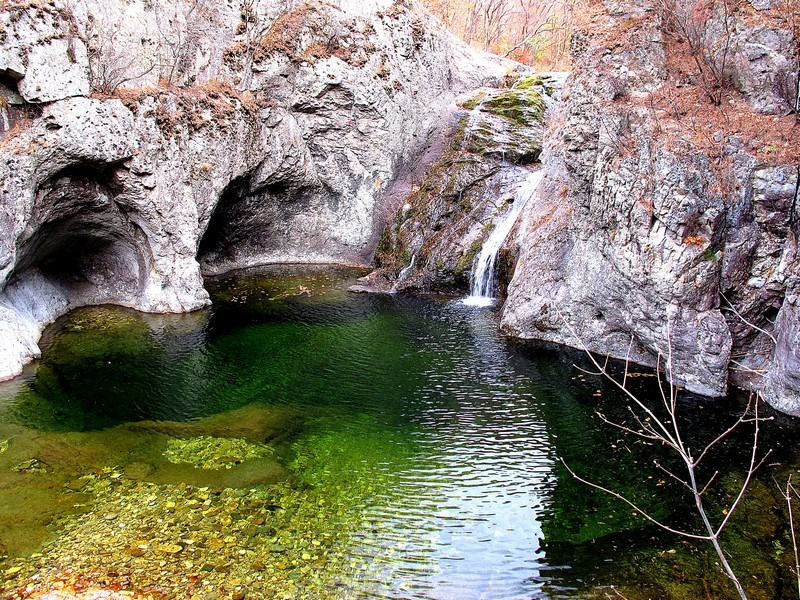

2 Comments
Sheila
Want to know more about S Korea
Hallie Bradley
You’ve come to the right place then. ^^